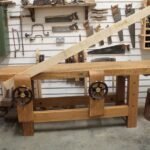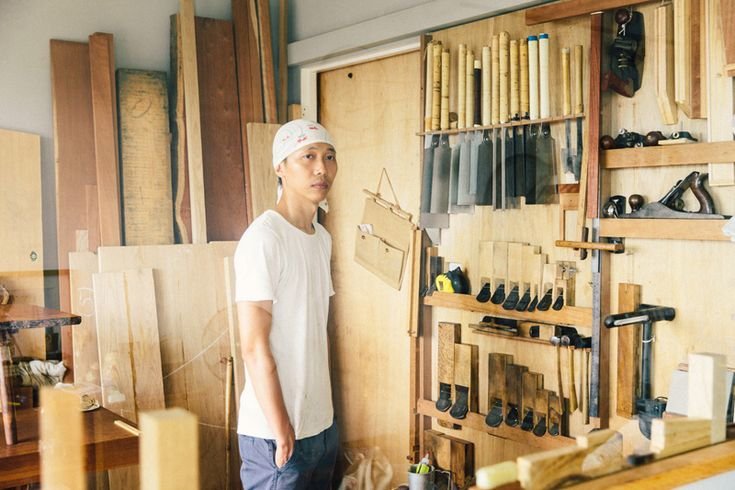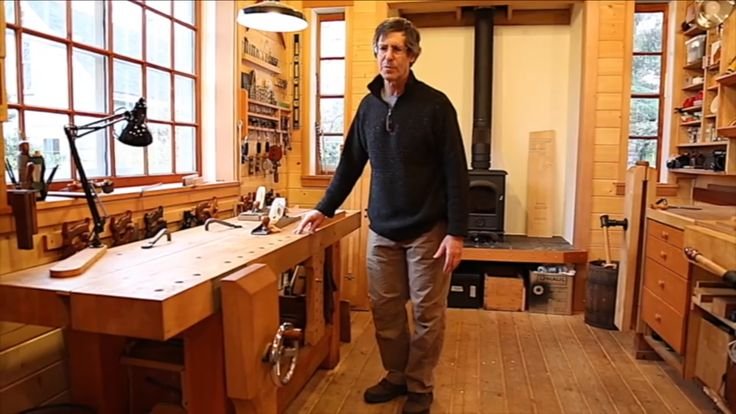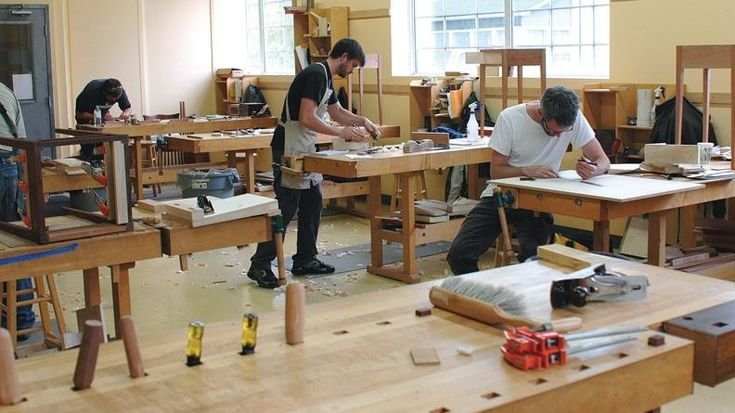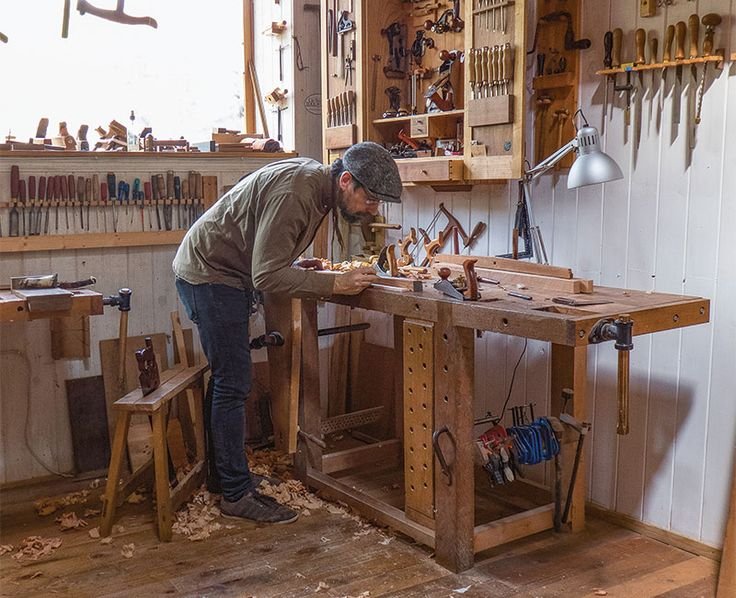Sashimono Woodwork Patterns: A Journey Through Mistakes and Triumphs
Alright, so let me tell you about my adventures in woodwork, particularly with this beautiful Japanese style called sashimono. You know, wood joinery that’s so intricate it makes you wonder if they had tiny magic wands instead of tools. I first stumbled into this when I was browsing through an old woodshop magazine at my neighbor Mark’s garage. He’s been at this longer than I’ve been alive, and after I caught him making a dining table that made my heart skip a beat, I thought, “Why not?”
So there I was, sippin’ my coffee, staring down the idea of constructing something that not only looked good but could also fit together without any nails or screws. Just wood. My wife looked at me from the couch, smirking. She knew what I was getting into, the kind of patience required, and honestly, the last time I attempted a big project, it fell apart faster than a house of cards in a windstorm.
Taking the Leap
After getting my hands on some local maple—good ol’ Wisconsin maple, sweet-smelling and a treat for the eyes, too—I felt a spark of courage. I watched a dozen YouTube videos, which made it seem easy enough, right? They made it look like a walk in the park. I got all these fancy tools: a Japanese pull saw, chisels, a mallet that felt too good in my hand, and some clamps that I think were a little older than I am.
But getting started? Well, that’s a different story. I remember the first day I picked up my tools, thinking I would take on the world. I had my wood all measured out, and my heart was racing. But the moment I made that first cut, my hands shook a bit. I missed the line. Not just a little, either—a whole eight inches. I swear my heart sank faster than a lead balloon, and I almost gave up right there. “Maybe this isn’t for me,” I muttered.
But something reminded me why I started this journey. I thought about the satisfaction I get from completing something, and I pushed through. I reminded myself that every craftsman has their share of missteps. After a bit of deep breathing—yes, I do that now with all this newfound woodworking zen—I went back to it.
The Real Beauty of Wood
As I spent more time shaping and fitting those pieces together, I found a rhythm. And the smell of that maple? You wouldn’t believe how comforting it is, almost like coming home after a long day. It’s sweet, with a hint of earthiness that filled the garage, mixing with the smell of fresh sawdust. Honestly, that scent is like a warm hug on a cold day.
Now, the joinery—ah, the joinery! Each joint must fit perfectly. There’s a beauty to it that’s hard to put into words. I tried my hand at some of those intricate patterns that sashimono is known for. I thought I had a handle on it until things took a turn. One day, trying to create this stunning dovetail joint, I clamped it far too tight, and bam! It split! Just like that, my hard work went up in smoke, or rather a heap of messed-up wood. I stared at my creation—well, what remained of it—wondering if I’d ever get it right.
Laughter in Mistakes
There’s something about mistakes, though. They say you learn more from them than from victories, right? Well, I certainly laughed when I managed to get a joint together after the fiasco. I had my doubts, but as I held it up, it actually worked, and I felt like saying, “Hey, look at me!”
But then, when I went to fit the next piece with that perfect joint, what do you know? I got too cocky and didn’t check my measurements. So there I was, holding a square peg for a round hole. I could hear my wife in the other room chuckle, “That’s why you don’t rush, honey.” She was right, of course. I could feel that familiar heat in my cheeks, but part of me found it hilarious.
The Joy of Completion
Eventually, I did manage to complete a couple of small boxes. Not much, but they were mine. When I sanded them down, worked on the finish—gotta use that cherry-tinted stain, it really brings out the wood’s character—they became little triumphs. I couldn’t believe I’d actually created something that wasn’t just a mess. I was giddy when I finished up the last touch—some beeswax polish for that extra shine—and popped those boxes on the shelf.
You know, I didn’t just learn about wood or tools; I learned about patience and the beauty of the craft. It’s okay to mess up; it’s all part of the journey. If I hadn’t almost given up so many times, I wouldn’t have experienced that sweet moment of success.
Sharing the Love
So, if you’re sitting there wondering whether you can give sashimono a try, don’t hesitate. Just go for it! The beauty of woodwork isn’t just in the final piece but in the struggle, the learning curve, and everything in between. Get your hands dirty, make those mistakes—because in the end, you’ll find joy in what you create, and that’s worth every splinter. Trust me, from one weary woodworker to another, you won’t regret it.



